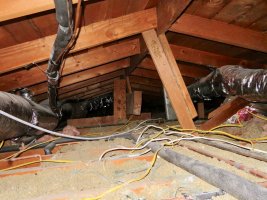BSSTG
Gold Member
Greetings all,
Dealing with an obstinate attorney this morning. I can't remember for the life of me where it is that unused wiring is supposed to be removed. 05 NEC for reference.
thanks
BS
Dealing with an obstinate attorney this morning. I can't remember for the life of me where it is that unused wiring is supposed to be removed. 05 NEC for reference.
thanks
BS


